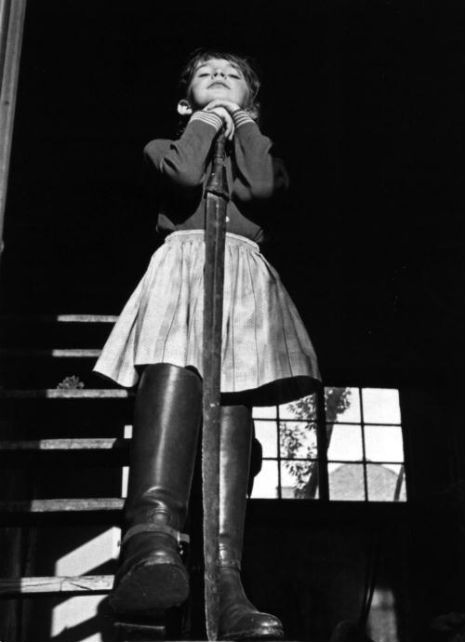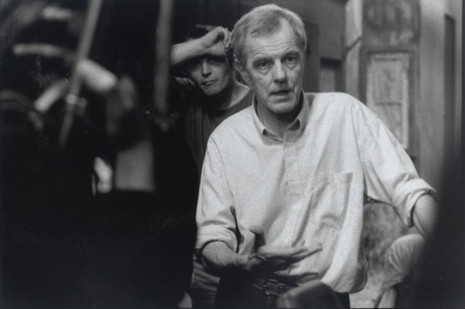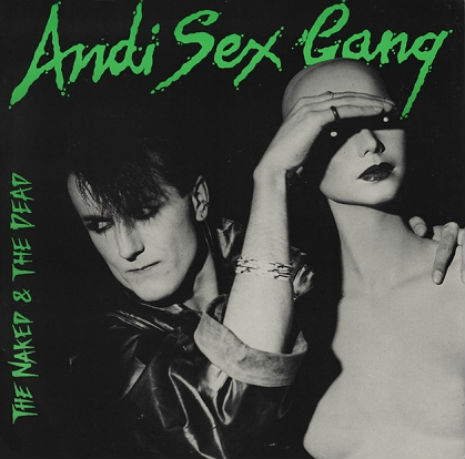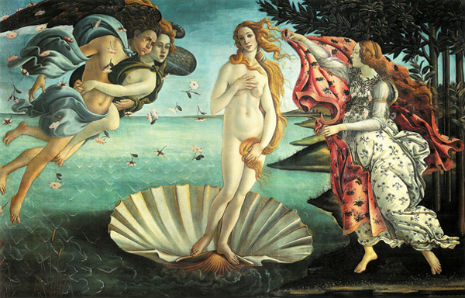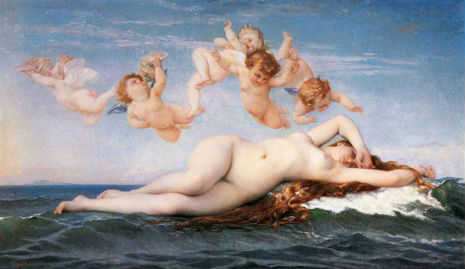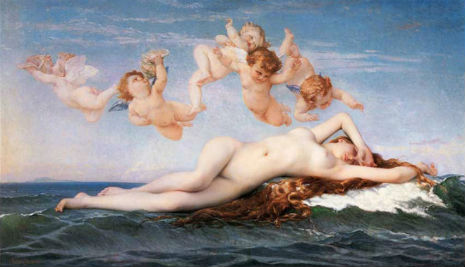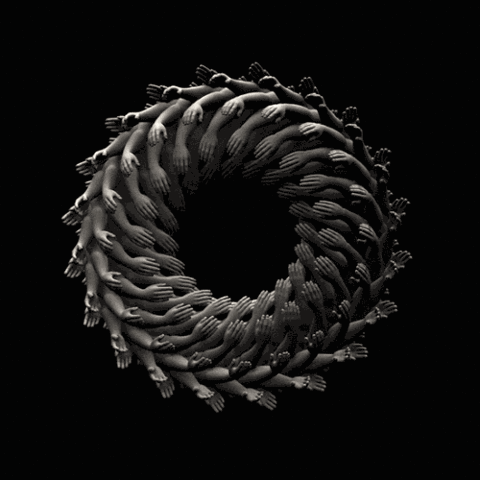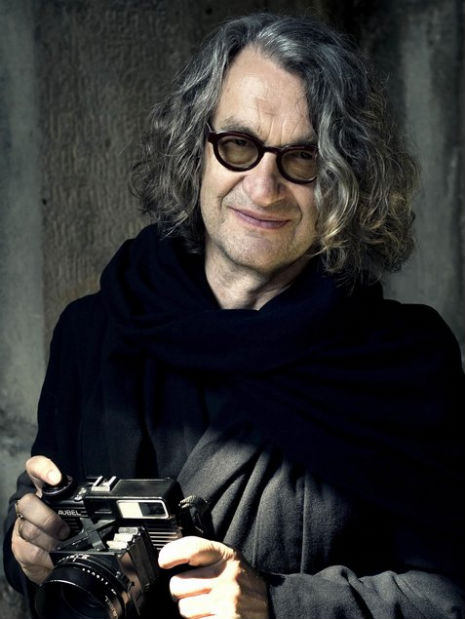
British artist Gerald Scarfe’s corrosive satire of Nixon-era America Long Drawn-Out Trip: Sketches from Los Angeles is an animated assault on the culture of greed, violence, the cult of celebrity and mass media that managed to piss off a lot of people when it was shown on BBC TV once in 1973. A combination of its harsh (though not inaccurate) depiction of the USA and problems obtaining the rights to the music on the soundtrack has kept this piece of cultural dynamite out of the public eye for four decades.
The subject of Long Drawn-Out Trip is Los Angeles and America itself, the concerns being the same ones that Ralph Steadman was depicting that year in his illustrations for Hunter S. “Thompson’s Fear and Loathing on the Campaign Trail ’72”: venality, violence, vulgarity and the omnipresent spectre of Richard Nixon, a president who had the good fortune to be drawn many times by two of Britain’s greatest living satirists although he wouldn’t have thanked them for it. In Scarfe’s film we also find Mickey Mouse being reduced to his constituent lines and colours after smoking a joint. The animated sequences for The Wall have their origin in this short film.” John Coulthart.
Scarfe recalls his first contact with members of Pink Floyd:
I did an animated film for the BBC in 1971 called Long Drawn-Out Trip. Roger and Nick (Mason) had seen it independently on BBC2 when it was aired. Roger told me that he rang Nick and said: “We’ve got to have this guy on board. He’s fucking mad.” Then Nick approached me and asked me to do an animation film and that’s how the relationship grew.
I first worked with them on their (1975) “Wish You Were Here” album then Roger came to my house and played me the first tapes of The Wall. He said he wanted to make an album, a show and a movie, all of which he accomplished.”
Scarfe on the genesis of his film:
I did a kind of stream of consciousness drawing everything I could think of about America at that time. Like, the Statue of Liberty, Frank Sinatra, John Wayne, Black Power, Mickey Mouse, Coca Cola, Playboy Magazine, sort of a million images all melting one into the other. I was supposed to be there for 10 days, but I stayed for about 6 or 7 weeks. Hence the title, Long Drawn-Out Trip. And it was also a kind of a trip, cause it was very much the drug era. And it was a kind of a hallucinatory trip too.
In addition to being a ferociously talented illustrator and cartoonist with an amazing past, Scarfe is married to one of the reigning queens of Sixties’ pop culture, Jane Asher.







